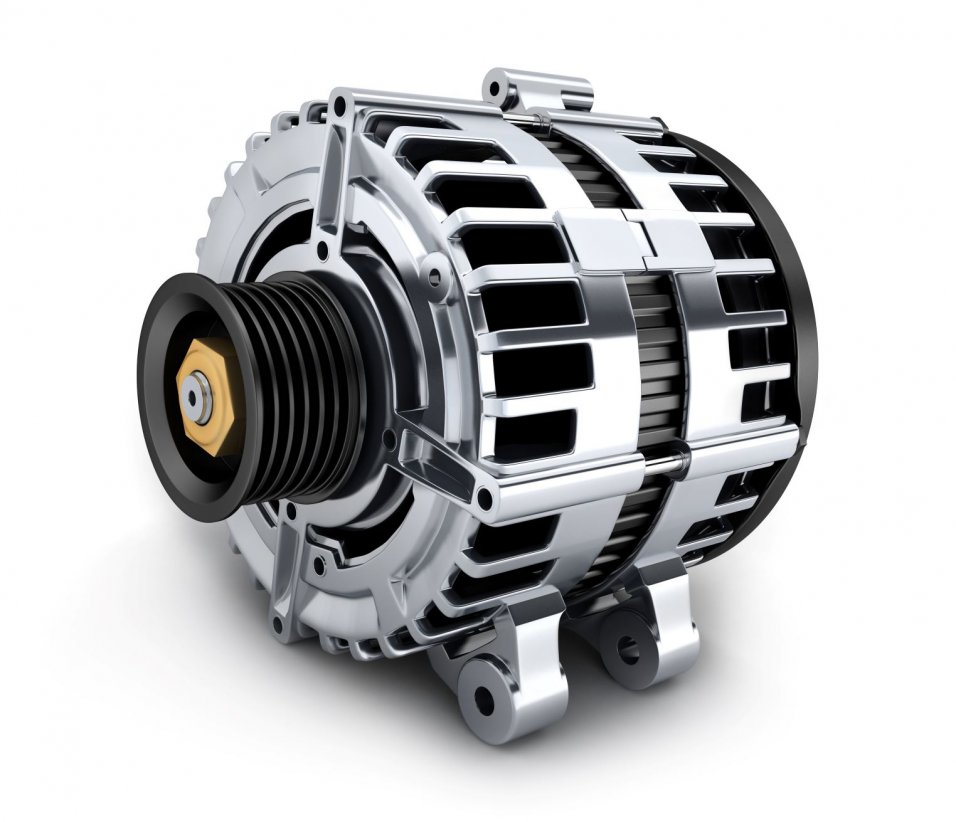Professionals to DIY
We're Online 9am - 5pm
On Orders Over £30
How do modern car alternators communicate?
How Do Car Modern Alternators Communicate?
As one of the UK’s leading manufacturers and remanufacturers of starters and alternators, we at Remy have seen significant changes in the ways alternators communicate. As a remanufacturer, it’s crucial to understand how a voltage regulator functions.
How Do Modern Car Alternators Work?
An alternator is a device that provides power to the different electrical systems of the vehicle and also charges the battery. To function correctly, the voltage of the alternator must be continually higher than the battery voltage. That is the basic summary of the voltage regulation principle.
In earlier alternators, the regulation was made by an integrated (or external) regulator, which was linked directly to the battery voltage. In modern alternators, the regulation is driven by the onboard computer (CPU), which gathers information from all over the vehicle.
This information gathering is done through several communication protocol technologies. These protocols send “messages” to the alternator to drive the voltage regulation. Since these protocols are more advanced than a direct link to the battery voltage, they are often referred to as “advanced protocols.”
Car Alternator Components & Their Functions
The Voltage Regulator
The voltage regulator controls the amount of power distributed from the alternator to the battery. This helps control the charging process. Depending on the specification of the voltage regulator, they are designed with different functions.
The Rectifier
Used to convert the current from AC to DC during the charging process.
The Rotor
The rotor is the spinning mass located inside the alternator. Its job is to rotate via the pulley and drive belt system, acting as a spinning electromagnet.
The Slip Rings
Slip rings enable the successful delivery of direct current and power to the rotor.
The Slip Ring End Bearing
The bearings are designed to support the rotation of the rotor shaft.
The Stator
Consisting of several coils of wire through an iron ring, the stator is located outside the rotor, and when a magnetic field is created, the electrical current is made possible.
The Drive End Bearing
The drive end bearings are intended to support the rotation of the rotor shaft.
The Pulley
Connected to the rotor shaft and the drive belt system. Rotation is performed by the engine and the drive belt system, and this turns the pulley. This starts the charging process.
Advanced Protocols on Modern Car Alternators
The majority of advanced protocols on modern alternators are:
- PCM on European Ford and Land Rover vehicles
- RVC on GM vehicles
- RLO on Toyota vehicles
- P&D on Mazda, Kia or Mitsubishi vehicles
The voltage is totally controlled and set by the CPU. Advanced protocols use a PWM (pulse width modulation) type encoding. The pulse width of the signal sent by the CPU to the alternator determines the voltage regulation. Essentially, it’s still a one-way communication flow.
Smart Protocols on Modern Car Alternators
The most complex and also the most advanced protocols are LIN and BSS protocols. These protocols are said to be “smart” because they control and set more than just the voltage regulation. The communication between the CPU and the alternator is a two-way flow. The alternator can answer the CPU’s questions.
Examples of questions the CPU can ask are the brand and model of the alternator or the temperature. The car computer can also set parameters like voltage regulation. The alternator could reply, for instance, with an electrical problem, a mechanical breakdown or it could report overheating.
Choosing the Correct Replacement Car Alternator
The complexity of the different communication technologies for regulating the alternator’s voltage makes it even more important to choose the correct replacement alternator.
Sometimes, alternators can look very similar with the only difference being the alternator plug, indicating the usage of a different protocol. If the protocol for regulation is not the correct one, the alternator won’t regulate properly and sometimes won’t load at all. That’s why it’s vital to check the OE number on the original alternator.
One example is two alternator plugs that look very similar but use a different communication protocol. Both alternators (Remy DRB7700 and DRB7670) are fitted on the same Mercedes vehicle, but depending on the vehicle’s chassis number and year, a different alternator is fitted.
This article can be found in issue 46 of the YMF Smart Choice Magazine (some amendments have been made since the original publication).
Click here to view our range of Alternators & Starter Motors





